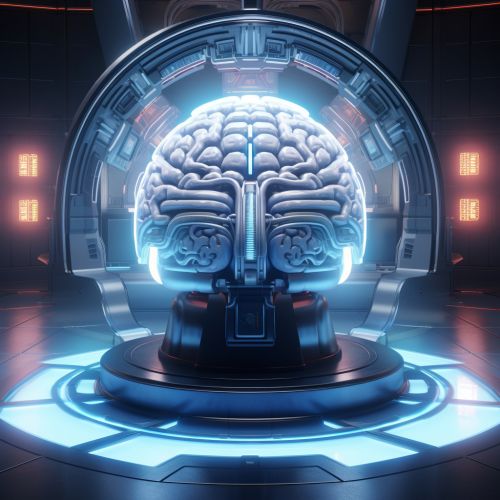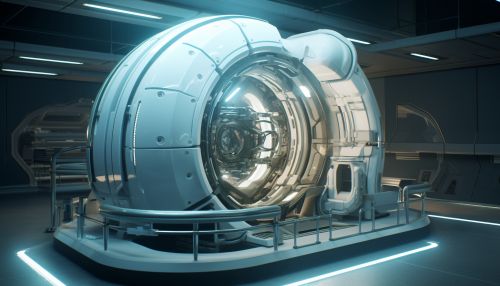Diffusion tensor imaging
Overview
Diffusion tensor imaging (DTI) is a MRI-based neuroimaging technique that allows for the visualization and characterization of the three-dimensional diffusion of water in tissues. This technique is particularly useful in the study of white matter structures in the brain, as it provides information about the orientation, integrity, and architectural organization of these structures.
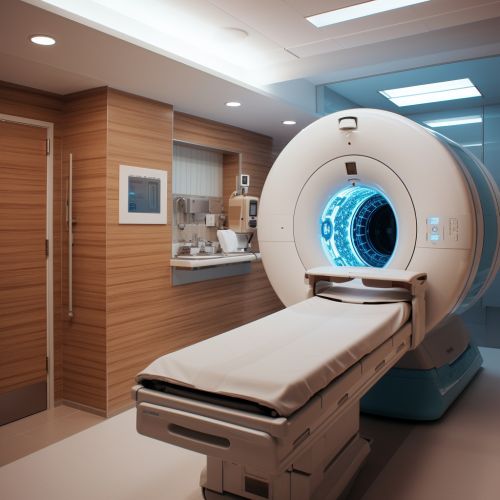

Principles of Diffusion Tensor Imaging
DTI is based on the principles of diffusion, which refers to the random motion of molecules in a fluid or gas. In biological tissues, the diffusion of water molecules is not completely random, but is influenced by the microstructure of the tissue. For instance, in white matter tracts of the brain, the diffusion of water is predominantly along the direction of the fibers, a phenomenon known as anisotropic diffusion. This anisotropy is what DTI measures.
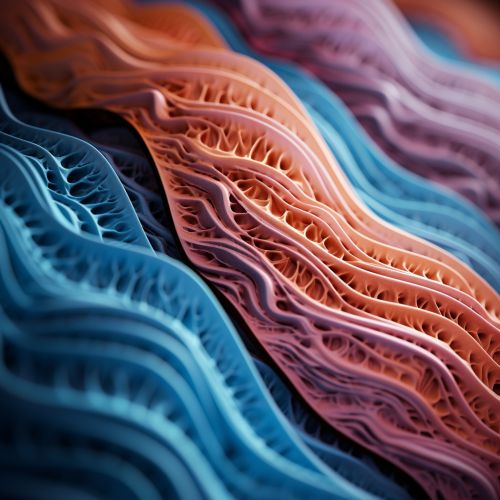

Acquisition and Processing of DTI Data
DTI data is acquired using a special sequence of MRI, which applies a pair of diffusion-sensitizing gradients. These gradients are applied in at least six non-collinear directions, which allows for the calculation of the diffusion tensor. The diffusion tensor is a mathematical construct that describes the magnitude and direction of water diffusion in three dimensions.

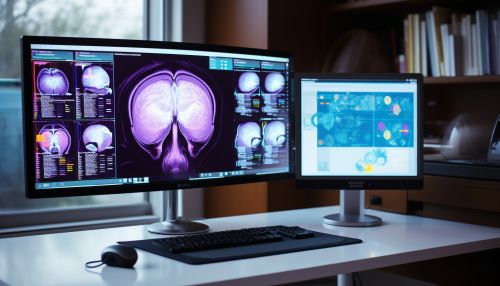
Applications of Diffusion Tensor Imaging
DTI has a wide range of applications in both clinical and research settings. In clinical practice, DTI is used in the evaluation of various neurological conditions, such as stroke, multiple sclerosis, and Alzheimer's disease. In research, DTI is used to study the normal development and aging of the brain, as well as the changes that occur in various neurological and psychiatric disorders.


Limitations and Challenges of Diffusion Tensor Imaging
Despite its many advantages, DTI also has several limitations and challenges. These include the sensitivity of DTI to motion and physiological noise, the complexity of data analysis, and the difficulty in interpreting the results due to the complex microstructure of brain tissue.
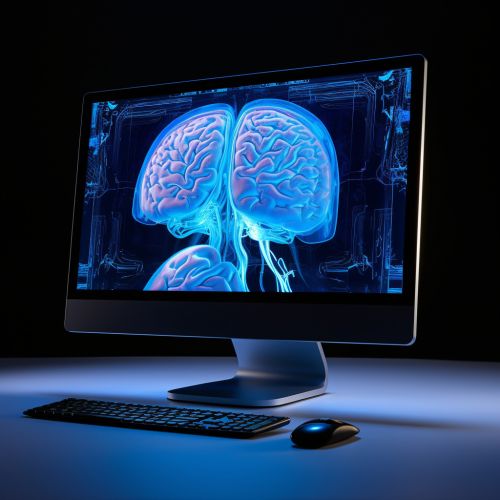
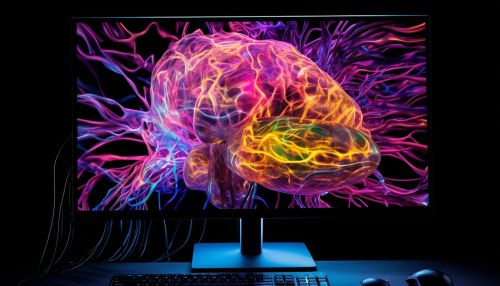
Future Directions in Diffusion Tensor Imaging
The field of DTI is rapidly evolving, with ongoing research aimed at improving the acquisition, processing, and interpretation of DTI data. Future directions include the development of more sophisticated models of diffusion, the integration of DTI with other imaging modalities, and the application of machine learning techniques to DTI data.
